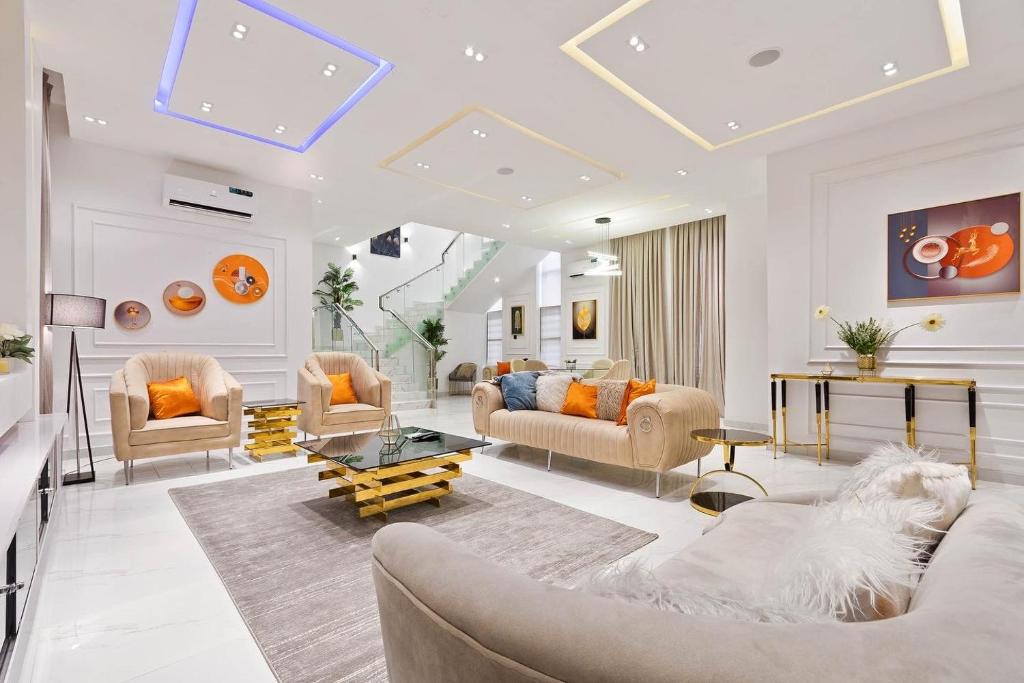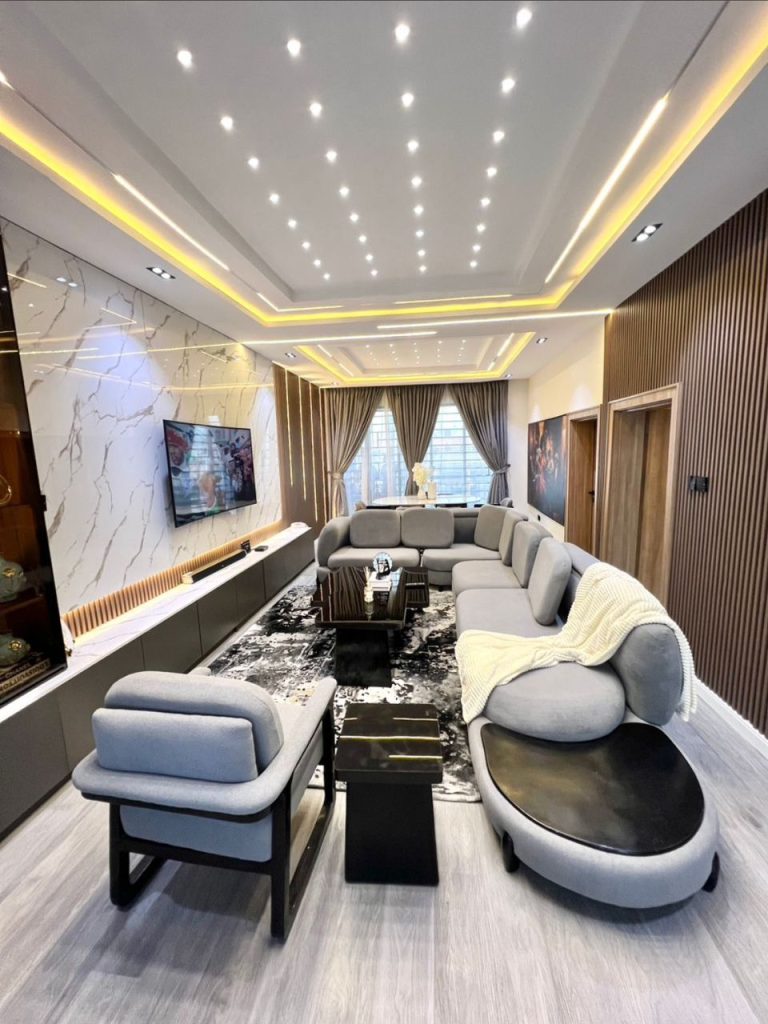Walk into many new Nigerian homes today, especially in cities like Lagos, Abuja, or Port Harcourt, and you might feel a strange sense of uniformity. White walls, glass tables, neutral-coloured sofas, LED strip lights, and framed minimalist art — everything looks clean and coordinated. But while the look is appealing, it often feels more like a shortlet apartment than a real home.
A new design trend

In recent years, the rise of short-term rentals, popularly known as “shortlets” has influenced how Nigerians design their living spaces. Many homeowners now try to copy that look: simple, neat, and ready for photos.
The idea of having an “Airbnb-ready” home has also become popular among young professionals. People want their homes to look modern enough to rent out or show off on social media. Interior designers confirm that more clients now ask for “shortlet-style” interiors, inspired by what they see on Instagram or property pages.
Losing the home feeling
While shortlet-inspired spaces may look good, they often lack the warmth and practicality that make a house feel lived-in. In the past, homes carried personal touches — framed family pictures, colourful curtains, or souvenirs from trips. Today, those details are disappearing and replaced with plain walls and coordinated coloured designs.
Beyond the décor, even the furniture tells the same story. Many sofas are now designed more for aesthetics than comfort. Center tables, dining sets, and even TV stands often prioritise style over usability. Some designs also ignore the needs of vulnerable groups like children or the elderly, with sharp corners, slippery surfaces, and breakable materials.

Most modern homes now look perfect in photos but fail to offer the comfort, safety, and warmth that real homes should have. A living room that once told a story about the people who lived there now looks like a hotel lobby.
Developers and the business side
For property developers, this trend is not surprising. Many now build and furnish apartments with the shortlet market in mind. A neutral, minimalist design appeals to more buyers and is easier to rent out. For them, it’s a smart business move.
But this also means that most new apartments look almost identical. The focus is no longer on comfort or creativity but on what can attract tenants or guests quickly.

The influence of social media
Social media has played a huge role in this shift. Platforms like Instagram and TikTok have made clean, bright interiors the standard of “good taste.” Many people now design their homes around what photographs well, not necessarily what feels homely.
As more Nigerians embrace shortlet-style interiors, the question remains: are we designing for comfort or for show off?
The shortletification of Nigerian homes may be a sign of modern living, but it also reveals something deeper — how lifestyle, social media, and business are reshaping what we call home.







